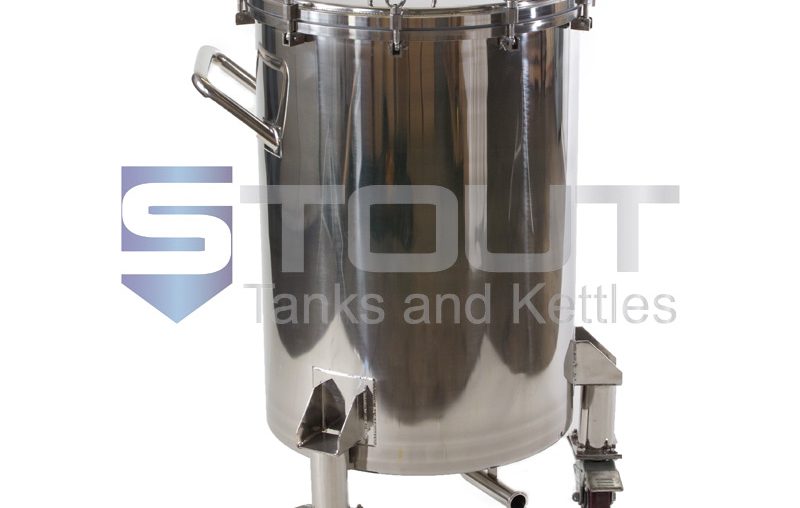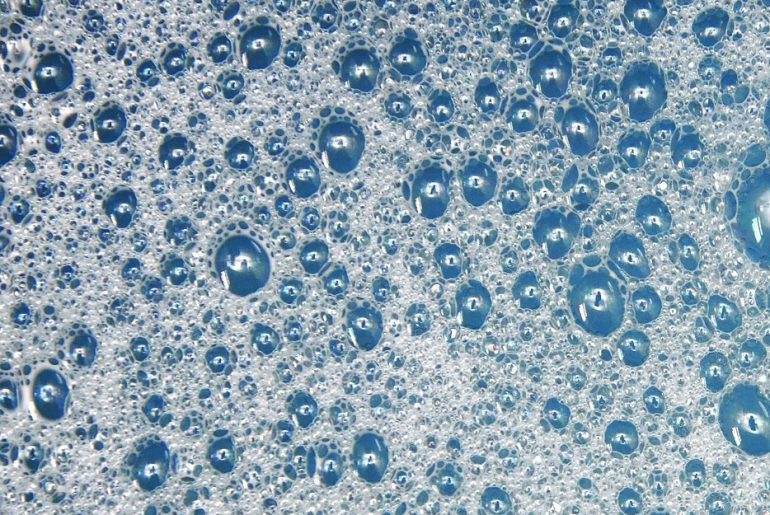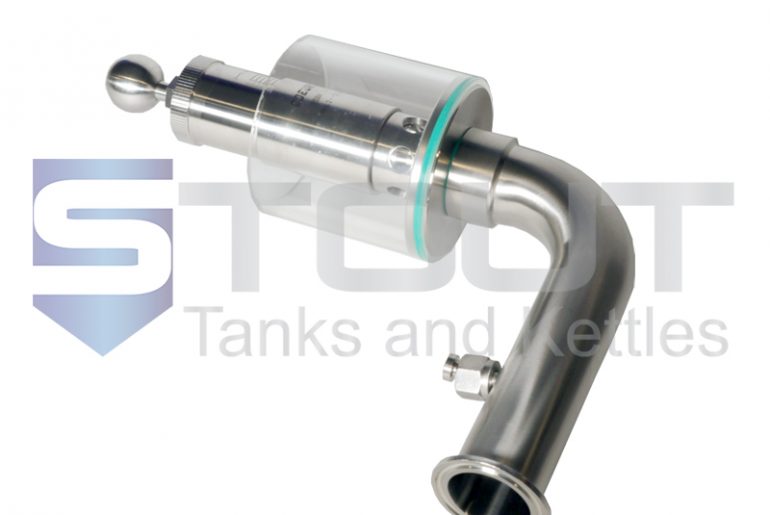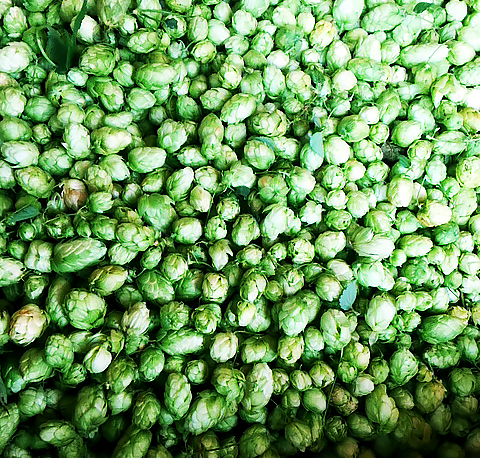
Using hops in the hot side brewing process has been a driving force behind so many different styles of beer in recent years. With the rise of the IPA, the quest for the perfect balance of bitterness, aroma and flavor have led to many changes in both brewing equipment and brewing processes in breweries, especially in small breweries dedicated to developing new flavor experiences for their customers.
For many years, brewers battled to see how bitter they could brew an IPA. Heavily-bittered beers required not only large amounts of high-alpha hops throughout the boil, but then even more hops at whirlpool. After the whirlpool, brewers would use a hop back with whole flower hops to add flavor and aroma while helping to filter out trub from the wort during transfer to a heat exchanger.
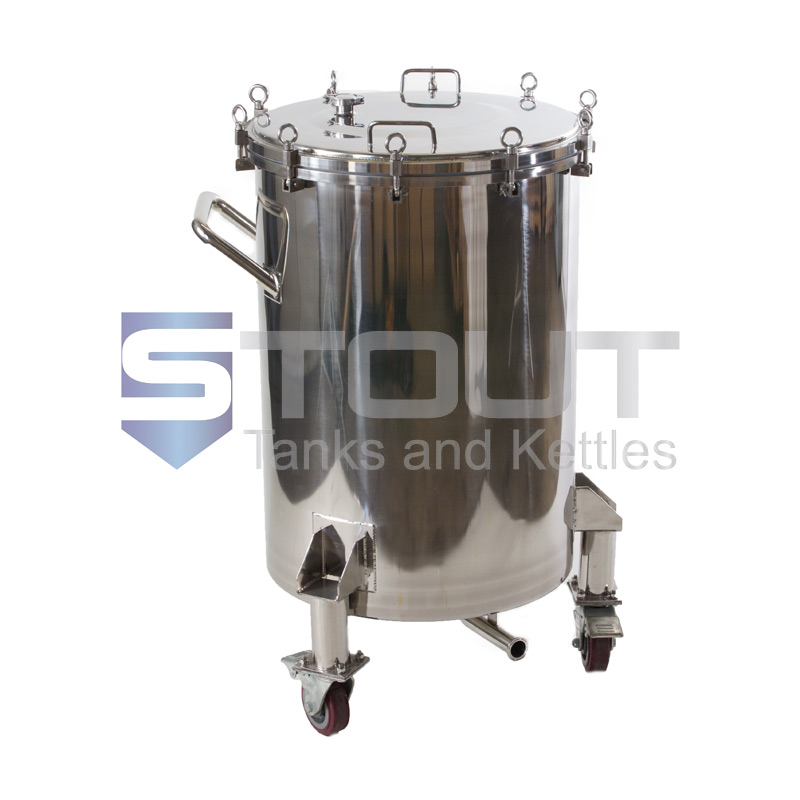
A few years back the whole process was uprooted again as consumer palates gravitated to IPAs with lower bitterness and more hop character, especially fruity and tropical flavors. Brewers are now using less hops earlier in the process and focusing on the whirlpool or another separate vessel to extract the desired hop flavors. “Hop Standing” became a regular process for many brewers. “Hop standing” refers to adding hops at the conclusion of the boil, after the flame, steam or electric elements have been turned off, and allowing the wort to stand in the kettle for the perfect time to extract the magic flavor and aroma while limiting isomerization of alpha acids (bitterness).
Another method to extract even more flavor and hop oil involves using a lower temperature to reduce isomerization and retain hop oils. Brew a slightly higher gravity wort and add back cooler water. Try 140-150 degrees depending on the amount of cooler water you add to reach your final gravity before whirlpool. After whirlpooling and the liquid homogenizing your temperature should still be well above the pasteurization temperature. (160 degrees). Your wort will be ready to transfer to a fermenter with all that lovely hop character.
Whether you need a hop back to filter your heavily hopped wort, a slightly larger vessel for high gravity brewing or a specialized heat exchanger to cool your wort for optimal hop oil extraction, know that the craft brewery experts at Stout Tanks and Kettles can provide solutions to all your brewery needs.
Take a look at some of the products mentioned in this post:
- Shop Hop Backs
- Shop Heat Exchangers
